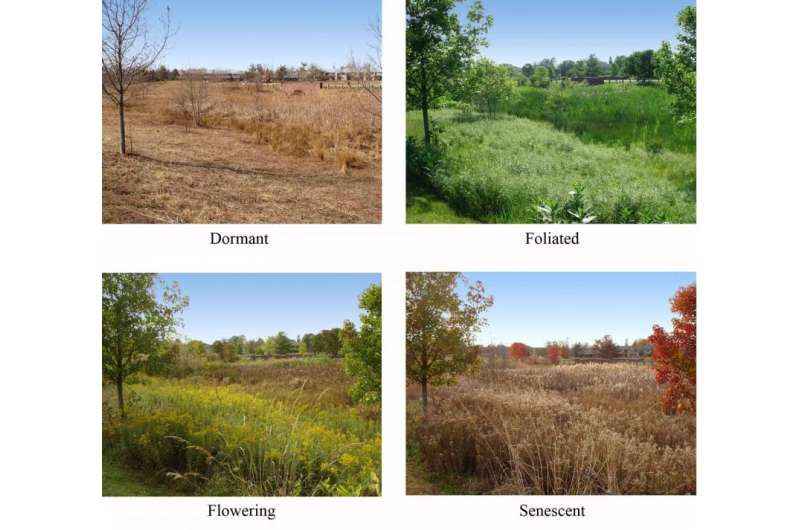
The vast majority of empirical landscape preference studies also suffer from a sampling bias toward urban Western populations. These hypotheses are one reason why landscape preference research is dominated by work on the visual modality but this practice is further enforced by the convenience of testing with visual stimuli, as compared to the provision of multi-sensoric stimuli which demands a more complex experimental setup. Many of these theories make a clear connection between preference and visibility, stating for example that high preference will occur for landscapes where you can see without being seen ( Appleton, 1975), landscapes with open expanses with clusters of trees ( Orians, 1980), or landscapes which are visually understandable and offer possibilities for exploration ( Kaplan and Kaplan, 1989). At the heart of these theories lies the idea that human adaptions during evolution have led to the development of innate preferences for particular environments landscapes with physical characteristics that support psychological dimensions like understanding and exploring the environment, and feeling safe in it. Such paradigms include the Prospect-Refuge theory ( Appleton, 1975), the Savannah Theory ( Orians, 1980), the Biophilia Theory ( Fromm, 1964 Wilson, 1984 Ulrich, 1993), and The Preference Matrix ( Kaplan and Kaplan, 1978, 1982, 1989).


Since the mid-1970s, several well-established and oft-cited paradigms in environmental psychology have advocated a universal consensus in human preferences for certain types of natural environments.

A high consensus in preference across populations would enable general theoretical models of landscape appraisal and justify the application of general models of landscape management across cultures. Understanding human preferences for landscape, and particularly to what degree preferences differ between populations is of importance both from a basic research perspective and from a practical landscape and environmental management perspective. To some extent this supports the idea of consensus in preference, not universally but within those categories respectively. Results show there are internal similarities between the two Western samples on the one hand, and between the five non-Western samples on the other. The five non Western indigenous groups all preferred the highest level of vegetation density. The theoretical claim of human preferences for half-open landscapes was only significantly confirmed for the student sample comprising landscape architects. The results show differences between the Western and non-Western samples, with interaction effects between topography and vegetation being present for the two Swedish student samples but not for the other five samples. Preference judgements were obtained using pairwise forced choice assessments of digital visualizations of a natural landscape varied systematically on three different levels of topography and vegetation density. Included in the study were two urban Western samples of university students (from southern Sweden) and five non-Western, indigenous and primarily rural communities: Jahai (Malay Peninsula), Lokono (Suriname), Makalero (Timor), Makasae (Timor), and Wayuu (Colombia). Here we examine for the first time landscape preference across a number of geographically, ecologically and culturally diverse indigenous populations. This premise is largely based on empirical studies of urban Western populations. There is an assumption in current landscape preference theory of universal consensus in human preferences for moderate to high openness in a natural landscape.

Hägerhäll 1 * Åsa Ode Sang 2 Jan-Eric Englund 3 Felix Ahlner 4 Konrad Rybka 5 Juliette Huber 6 Niclas Burenhult 4


 0 kommentar(er)
0 kommentar(er)
